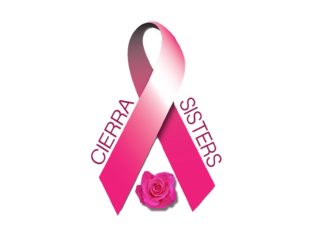breast cancer information
Cierra Sisters
Stay Informed
Here's what you need to know
- Gender
- Age
- Heredity / Genetic Factors
- Long Menstrual Cycles
- Never Having Children
- Personal History of Ovarian or Breast Cancer
- Environmental Factors
- A lump, hard knot or thickening in the breast
- Swelling, redness or increased warmth in the breast
- Change in the size or shape of the breast
- Itchy, sore or scaling area on the nipple / areola
- Sudden nipple discharge (particularly if bloody)
- Pulling in of the nipple
- Dumpling or puckering of the side of the breast
- Unusual pain in the area of the breast
- Monthly breast self examination (BSE)* starting at age 20
- Clinical breast examination by a trained medical professional every 2-3 years starting at age 20, and annually starting at age 40.**
- Baseline mammogram at age 35, and annual mammogram screening for women starting at age 40.***
Please visit any of these helpful links for more information:
Below the age of 50:
*BSE should be done just as your menstrual cycle ends or post-menopausal women, the same day each month. Most women discover breast masses during monthly breast self-exams. This simple and easy to follow examination allows a woman to becom more familiar with her breast, making the detection of subtle changes or abnormalities easier.
**Breast ultrasound is frequently useful in evaluating breast and mammography abnormalities, especially in young women.
*** If your mother or sister has had breast cancer, you may need to get a mammogram earlier and more frequently. Women receiving annual mamography screenings are 30% less likely to die from breast cancer compared to unscreened women.

